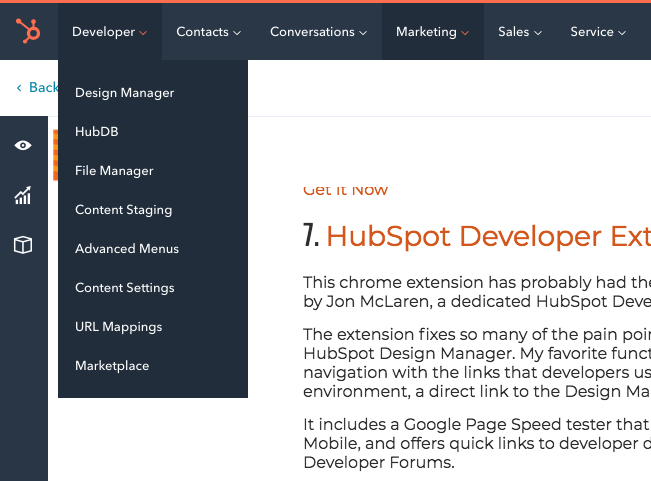In the world of digital media production, it is easy to be convinced that the key to creating attractive and engaging content is by acquiring the newest, shiniest, most expensive digital media production equipment available.
Unfortunately, this philosophy tends to be viewed as an unwritten law for most marketing teams looking to jump into the realm of internally produced media production.

I have seen this assumption result in unnecessary spending, teams acquiring equipment that they don’t have the necessary training to use correctly, or even the abandonment of great production concepts altogether.
The truth is that the industry standards for media production equipment are always evolving and there is no indication of this trend slowing down. The very same equipment that was top of the line two years ago is now considered "prosumer" or even made readily available in consumer electronics.
For example, the camera sensor on the latest iPhone 6 rivals the sensor on my first DSLR. Keep in mind, this trend also affects media production professionals in a major way. It seems like every time I invest in a new camera body, shortly after there is a major price drop or the release of the “next big thing”.
Knowing that this trend exists and working through the stigma will give you a significant edge when planning your next media production. You will not be distracted by the lure of the latest and greatest equipment.
Instead, you can strategically identify the product that you are looking to engineer and quickly identify resources that are readily available to make it happen within budget and the allotted time frame.
The following tips have been acquired though 7 years of experience in helping companies of all sizes structure, outfit, and effectively manage in-house media production teams.
1. Most of the Time, Less is More.
A good rule of thumb when planning your equipment inventory is to imagine that you will be carrying everything on your back.
At the end of the day, having a traction controlled slider, a portable jib, a steady cam, a shoulder rig, a fluid head tripod, and a full rack of studio lights are all important things to have if you are shooting an indie film. For your company’s Vlog, try to keep it simple.
A camera, tripod, an external microphone, and some continuous lighting will go a long way. Also, remember to use what you have already available.
Utilize windows for natural light, look for well composed, naturally occurring backdrops and leave the muslin at home. This backpacker mentality will help you cut down on unnecessary equipment that could complicate your shoot and delay your end result.
2. Be Realistic with Your Expectations
Sure, 4K cinema cameras are sexy, but you know what is even sexier? Saving money.
That’s why we recommend taking the extra time to identify what types of productions you will be focusing on and finding the right equipment to match it. Ask yourself, “Do we really need 4K resolution for our web videos?” “Do we really need a high speed camera?” or “Do we need a reliable, cost-effective camera that works when we need it to?”
Most of the time, the only “yes” answer is after that final question. That “yes” answer can save a company tens of thousands of dollars by not investing it in unnecessary equipment or processes.
3. Align Your Production Equipment with Your Production Calendar
If you are looking to produce 2 internal videos a month, there is no reason to purchase a camera that will be collecting dust most of the time.
In this case, rental agencies can be a real blessing. Now, there are even online rental agencies that can deliver an HD camera to your front door for a very reasonable price. If you have a more ambitious production schedule, it may make more sense to purchase an in-house DSLR or a lower-end camcorder. And don't forget, there are other media production tricks out there that can help you deliver quality results on a budget.
Have you made the exciting jump to embrace in-house media production? If so, what struggles did you face when implementing this new initiative? If you haven’t made the jump, what’s holding you back?
Leave your answers in the comments below!



-1.png)
